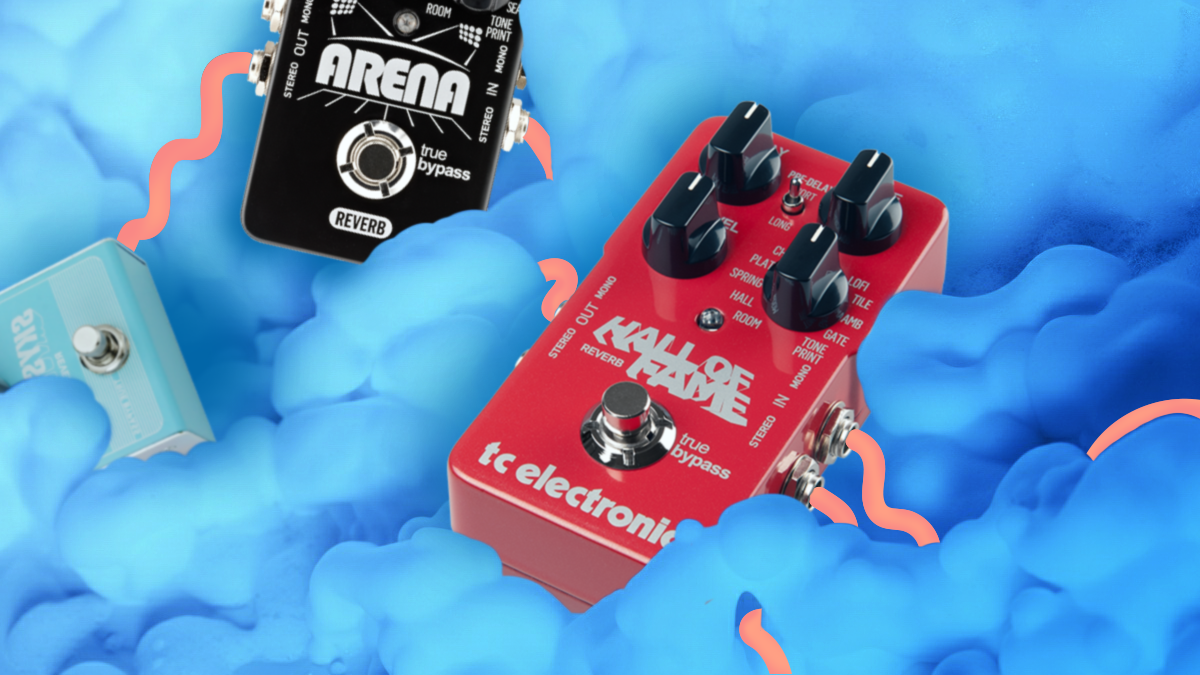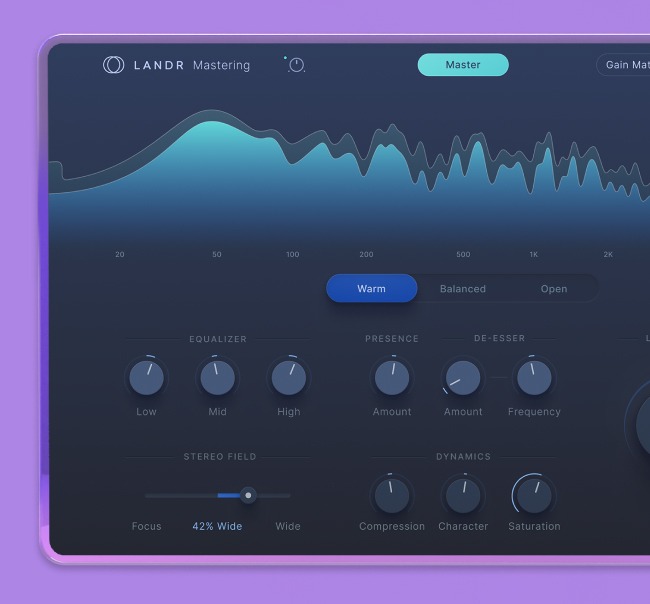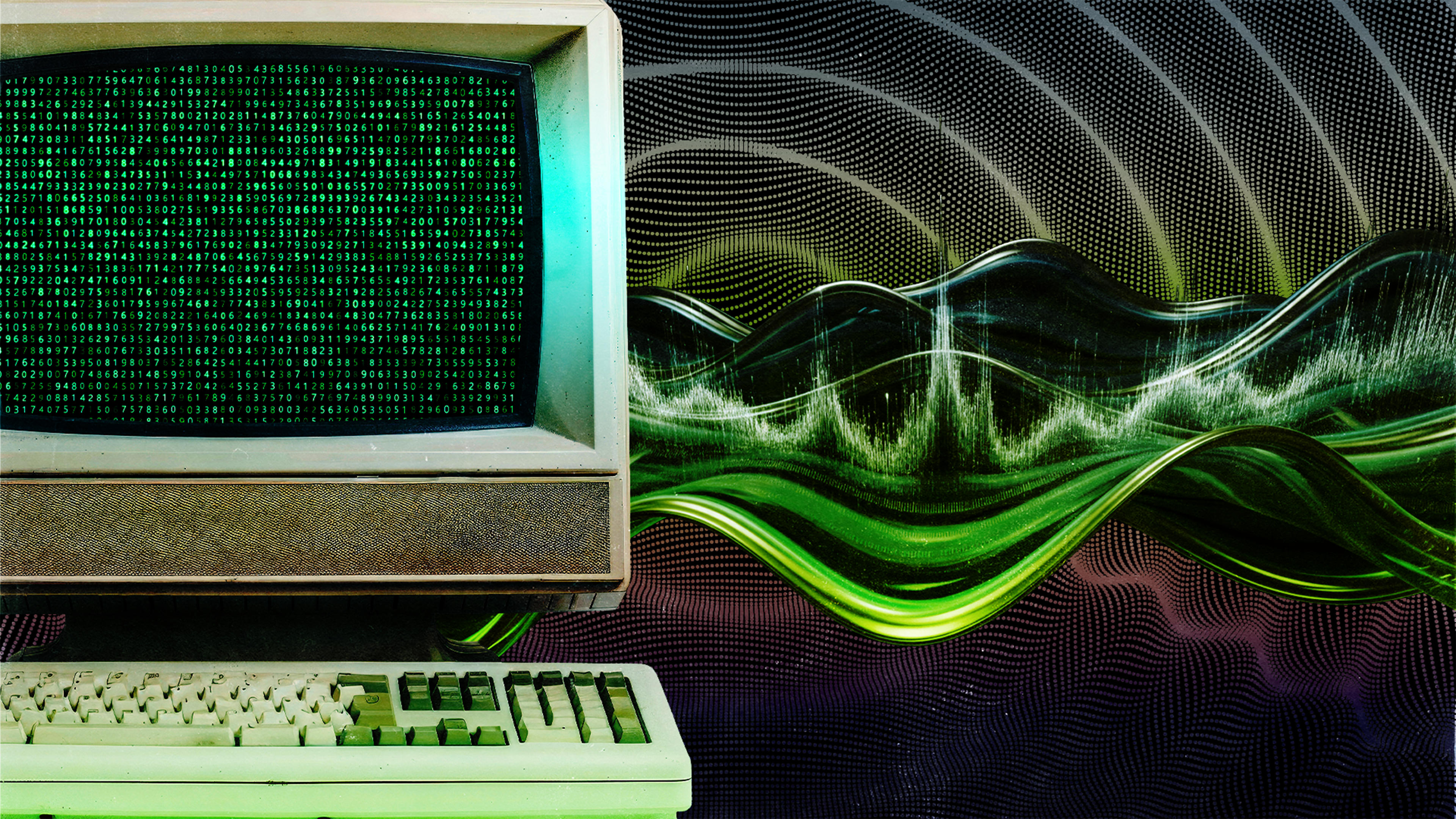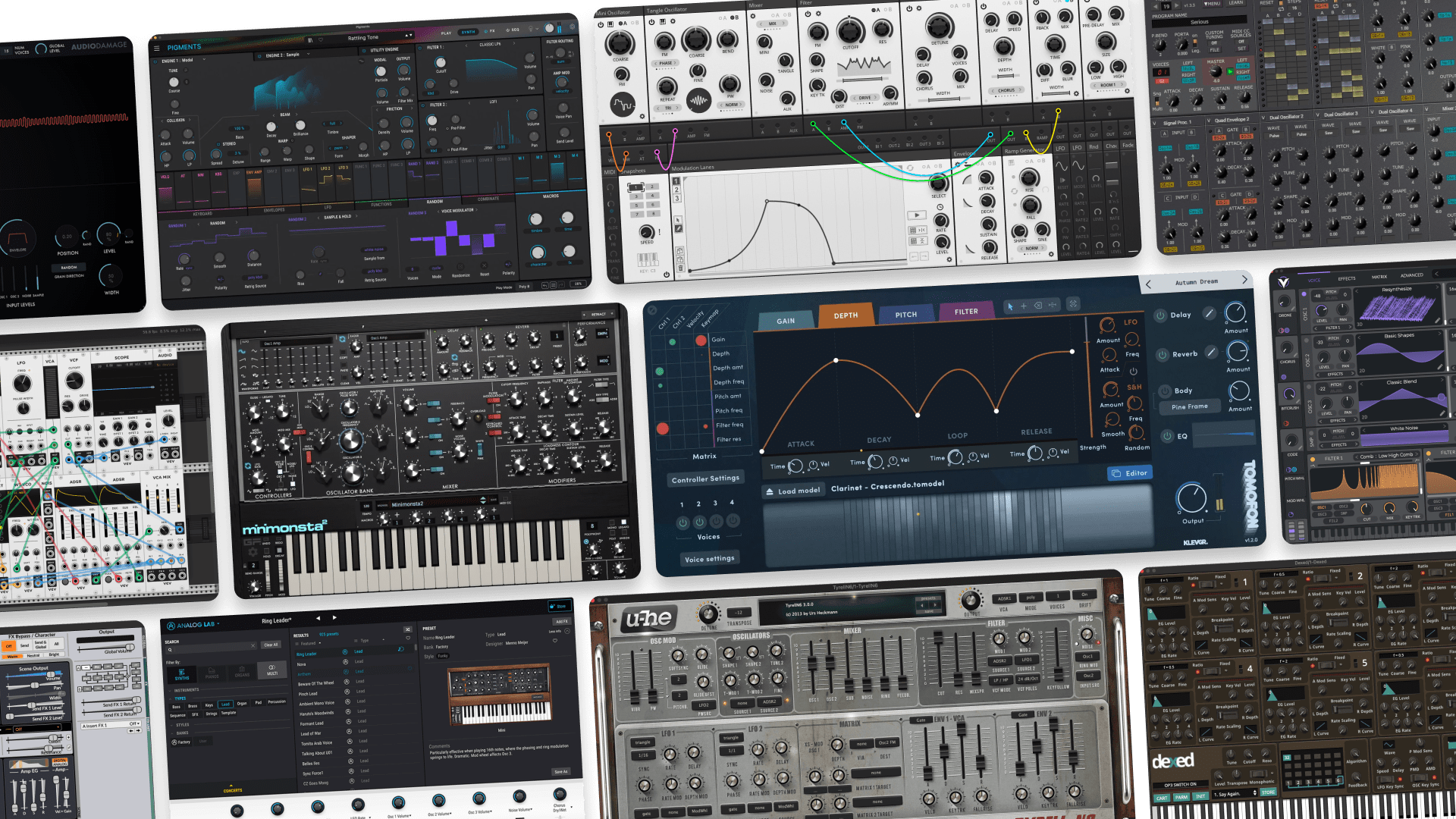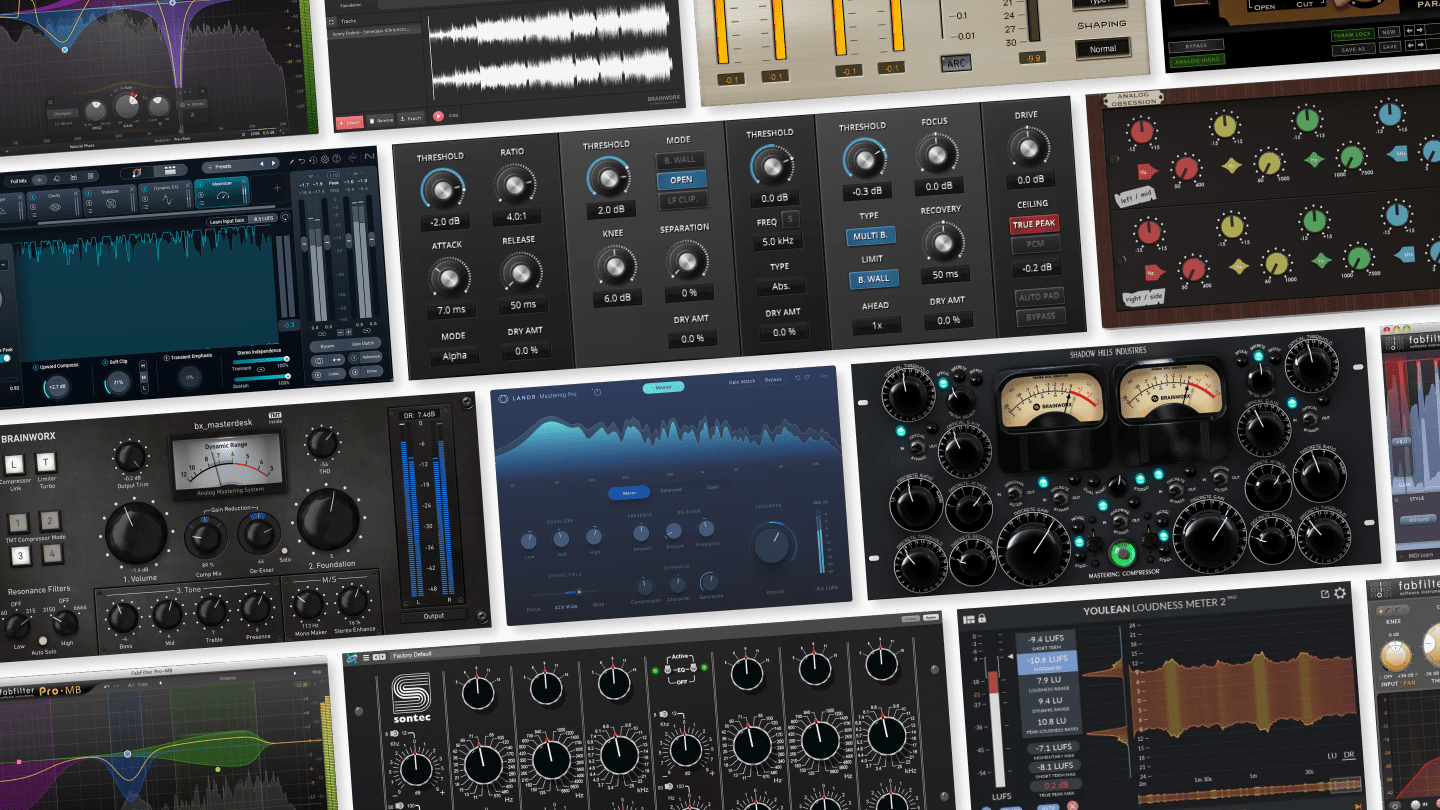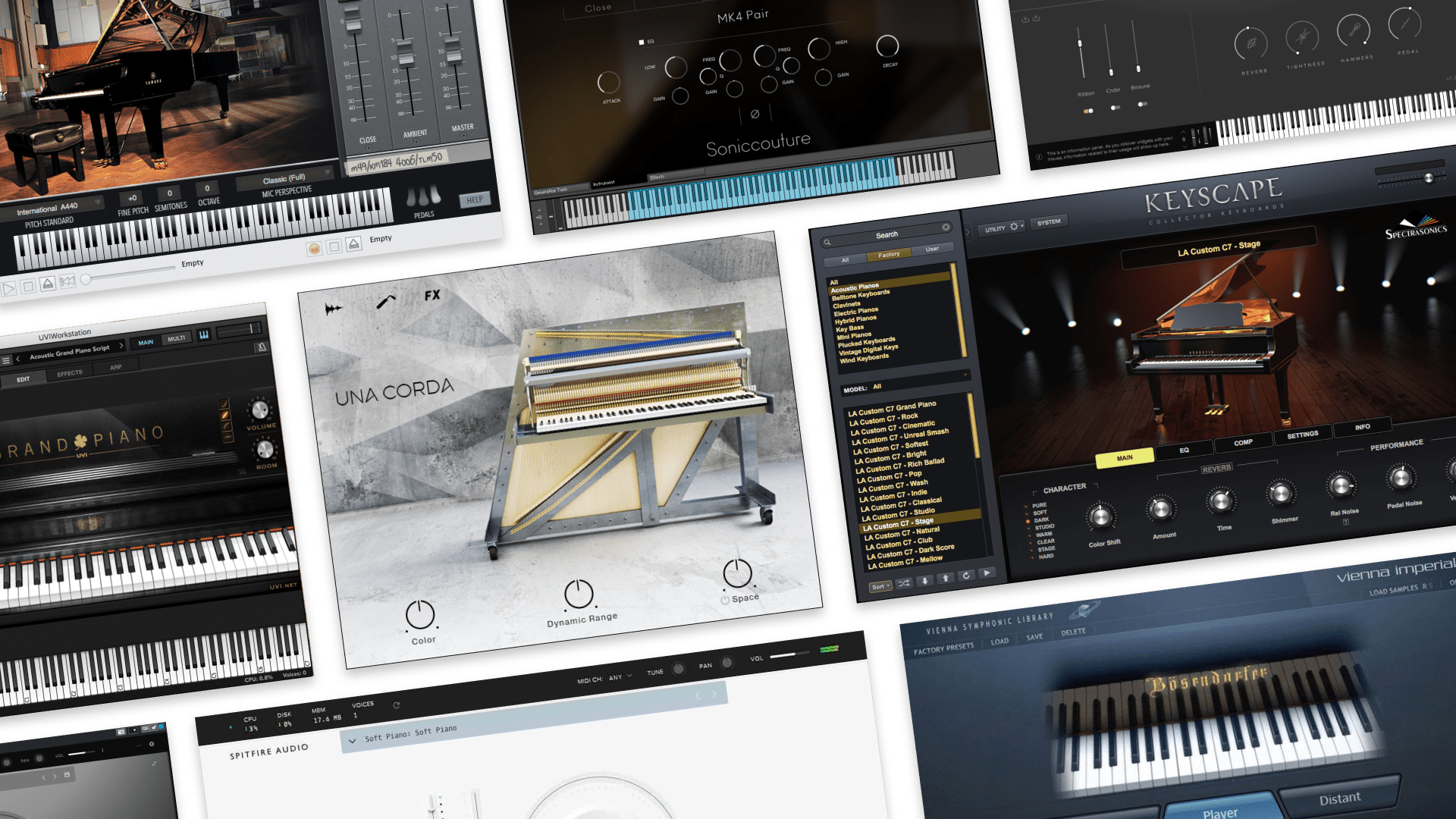
How to Make Ambient Music: Five Essential Techniques for Beginners
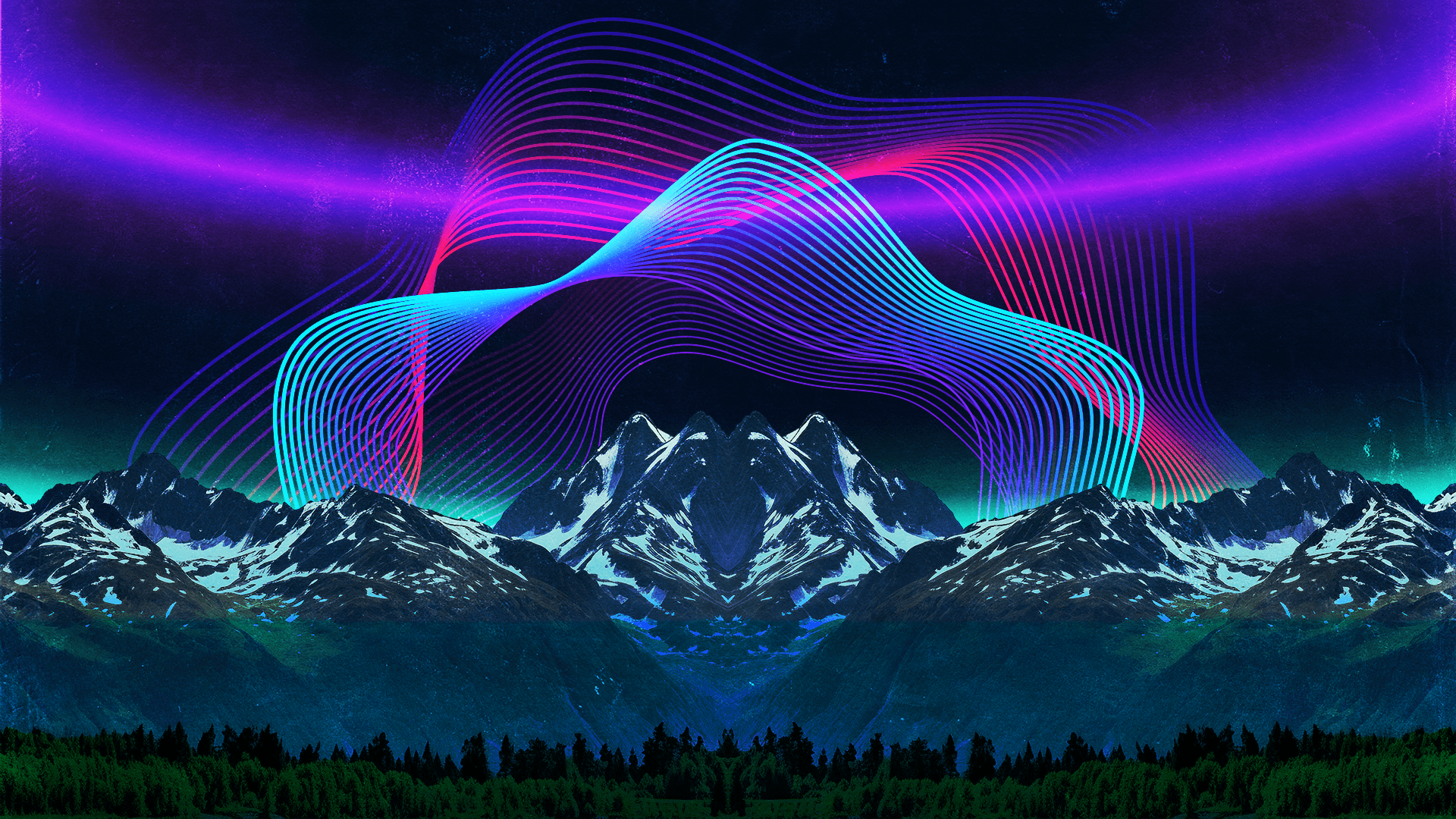
Ambient music is one of the most influential genres in music history, though it can feel intimidating for beginners.
It’s a very broad category with countless different styles and variations, so how do you know what approach is best when it comes to learning the ropes?
This article will take a look at five fundamental areas of technique that you’ll be able to apply to any type of ambient music. From there, it’s up to you to develop your personal style.
Let’s get to it.
Understanding ambient music
There are some misconceptions about what ambient music is and isn’t, so it might be a good idea to start off with some basic definitions.
Unlike what you may have heard, ambient music isn’t simply music you put on in the background of your life (although it definitely can be).
Broadly speaking, ambient music shifts emphasis away from rhythm and conventional song structures, focusing instead on atmosphere, mood, and texture. This doesn’t mean that ambient music always lacks rhythm or arrangement, it just means that atmosphere and mood are the most important elements at work.
Many ambient pieces embrace simplicity and subtlety, but there are also plenty that are dense and intense.
Here are a few examples to give you a sense of the range that this genre deals with.
Depending on your taste, some of these examples of ambient music might be more inspiring to you than others.
But no matter which one speaks to you as a producer, there are five areas of production technique that will be essential for your process: space, texture, harmonics, dynamics, and time.
Let’s run through all of them one at a time and explore some examples for each.
1. Space
Creative use of space and spatialization is one of the most important areas of production technique you’ll explore as you learn to make ambient music.
The atmosphere, feel, and mood of your tracks will be determined significantly by this factor, so it’s the first one we recommend you get a handle on.
The sense of space that your music has will be determined by two things: reverb and panning.
Reverb will allow you to simulate physical spaces like cathedrals and caves, not to mention imaginary spaces that seem to go on forever.
Some reverbs are designed specifically for ambient music production, offering more unconventional or extreme reverberation possibilities. One of the most popular examples is Valhalla Supermassive.
When using reverb for ambient music, experiment with high dry/wet values and long decay times, and pay close attention to how frequencies build up.
It is especially common in ambient music to use heavy reverb on tonal or harmonic sounds, which can help to draw out the notes and harmonies that you want to sustain and emphasize.
However, this means that resonant frequencies can easily get out of control when you crank up that reverb, leading to a sound that is more unpleasant than it is soothing.
There are a few ways you can keep this in check. One is to use the built-in filter and EQ features of your reverb or to filter and EQ your reverb separately from the dry signal.
It’s generally good practice to place your reverb in a separate effects send channel so that you can keep the wet signal under control. This can fine-tune the harmonics of your reverb without affecting the sound that’s going into it.
While unpleasant resonances can creep in almost anywhere depending on your sound source, we especially recommend being mindful of lower mid frequencies, which are the most likely to build up when you’re emphasizing harmonies.
These can eat up a lot of volume in your track and sound very unpleasant on most listening devices. EQ and filtering are your friends.
Panning, meanwhile, can also help you achieve some excellent spatial atmosphere.
You can explore panning with the classic panning controls of your mixer, with stereo delay effects (look for the “ping pong” parameter or the ability to set different delay times for the left and right channels) or automatic panning effects like Ableton Live’s Auto Pan.
While playing with spatialization can be very rewarding and inspiring, sometimes excessive movement can be disorienting or it can distract from other elements in your track. Keep experimenting and see what the right balance feels like for you.
2. Texture
Texture can be one of the most interesting aspects of ambient music that you can explore.
It’s a particularly powerful way to give your tracks some unique elements that will help define your style and stand out from other artists in the genre.
A more accurate technical term for this area of production is timbre, which is usually defined as the aspects of sound that are distinct from pitch and volume.
Examples of sounds that emphasize texture or timbre are vinyl crackle, noise, and natural sounds like leaves and water.
It can be especially rewarding to layer different kinds of textural sounds together, and even better when you give them a sense of space and movement through panning.
Textural sounds tend to sit higher in the frequency range. While it’s not uncommon for ambient artists to use heavy reverb on textural sounds, we’d recommend going a bit lighter on the reverb with these elements than with your tonal/harmonic elements.
Higher-frequency textures can sound harsh or unnatural with heavy reverb, and too much can also compromise the kind of detail and definition that these sounds rely on.
The three main ways to bring more texture into your ambient music are with samples, field recordings, and dedicated texture plugins.
As always, EQ and filtering are your friends when it comes to texture. These kinds of sounds tend to have a lot of energy in the high frequencies, which can be a bit harsh if they’re not kept in check.
Because these frequencies register particularly strongly to the human ear, we recommend turning your textural elements down lower in the mix than you think they need to be and slowly increasing them from there to find the sweet spot.
You can also, of course, use filtering in a more creative way, such as modulating or automating the cutoff frequency of a filter on a textural sound.
Feeding textural sound sources to effects or instruments like this can be endless fun, so we highly recommend exploring and experimenting to find out what results feel most fitting for your style.
Now that we’ve explored texture and timbre, we’ll move on to what is perhaps their most powerful ally.
3. Harmonics
By harmonics, we simply mean the tonal and atonal elements of sound that you can measure in frequency.
We’re not using the term melody or harmony because, in ambient music, you can play with frequencies without having to necessarily think in terms of melodic lines or chord progressions. Although, of course, your ambient music can definitely be focused on melodic hooks and chords if you want.
As we mentioned before, harmonics are often supported and enhanced by reverb in ambient music. A good reverb that’s suitable for this genre will bring your harmonics together into a pleasant wash of tones that goes beyond the sound source.
But of course, if you really want to get the most out of your use of harmonics, it can be incredibly useful to leverage the right chords and harmonies.
Drone music, for example, is very often focused on harmonics, whether it uses Western-style chords or more complex tone clusters and dissonance.
With the right combination of tones and subtle fluctuations in volume, panning, and texture, you can create drones that will deeply engage the listener despite the simplicity of the composition.
But you don’t have to stick to drones if that’s not your thing. Chord progressions and melodies can be just as prevalent in ambient music as in any genre.
Remember, it’s okay if you don’t have much music theory knowledge — you can use tools like LANDR Composer to generate chord progression ideas that feel suitable for your ambient tracks.
Composer is also great at generating arpeggios, which are a staple of many forms of ambient music due to their repetitive style and hypnotic potential.
Many ambient tracks lean toward mellow or melancholic harmonies, but they don’t have to. Your approach should be informed by your personal taste when it comes to mood.
Something else you might notice about ambient music is that it is often less dependent on basslines and bass frequencies than other genres.
This of course isn’t always the case — bass can be used to strengthen your melodies and harmonies to great effect in ambient music if that’s what speaks to you.
But if you’re accustomed to making bass-forward music like hip-hop and dance music, it can be an interesting exercise to make some ambient tracks without basslines.
You might find that putting less emphasis on bass helps to establish a more relaxed and atmospheric feel to your mixes.
4. Dynamics
Dynamics are a set of factors in music related to volume and how it changes over time.
Remember what we mentioned about drone music in the section above? When your elements are simple, and especially when they’re sustained, it’s important to create a dynamic sense of change and movement, even if it’s subtle and gradual.
In fact, subtle and gradual change is one of the stylistic hallmarks of ambient music.
Even a basic chord can become an interesting composition if you create just enough change in the right way.
Ambient music tends to be most effective when it’s dynamic in volume, space, and presence, with subtle variations that keep the ear interested.
This is very often the key to making your music evocative and immersive without being too loud or intense — finding the sweet spot between simplicity and variation.
This applies all the way down to the shapes of the envelopes in your synth patches, for instance, especially for pad and chord sounds.
A long attack is generally more gentle on the ear and better at establishing atmosphere and mood, so this is a key trait of a lot of synth lines in ambient music.
Dynamics are also important for building a sense of dimension and spatial contrast.
You can, for example, use different volume, panning, and reverb values on different sounds to create a sense of foreground and background that develops over time.
This helps to simulate the experience of being in a large space with sound sources that are different distances from your ears.
Finally, dynamics are important at the larger scale when it comes to pacing, arrangement, and compositional structure.
One section of your track may be more quiet while another may be more loud, and this contrast helps to develop a sense of narrative or flow for the listener.
While a lot of ambient music can be pretty static from beginning to end (and there is nothing at all wrong with that), a bit of compositional variation can be especially powerful and appropriate depending on your style.
This brings us to our final element of ambient music.
5. Time
Obviously, time is the most important aspect of all forms of music — without time, you wouldn’t have music at all.
But when it comes to ambient music, certain uses of time can be particularly interesting and even pivotal to how you define your style.
As we mentioned in the section on dynamics, you don’t have to have a super complex compositional structure to your tracks.
In fact, some of the best ambient music out there simply gives the listener a glimpse into a repeating event that seems to be going on forever, whether the listener happens to be there to hear it or not.
This track, for example, is quite short by ambient music standards, and simply fades in a repeating motif that changes in very subtle ways before fading out again.
Meanwhile, William Basinski does something similar with his famous Disintegration Loops, but the idea is stretched out for far longer. These are made up mostly of a simple loop, and the structure and length of the piece is defined by the process of physical decay that the analog tape undergoes as it plays over and over again.
Other pieces, meanwhile, can be fairly long with more significant changes taking place quite far into the composition. Take for instance this track by Taylor Deupree, which loops the same motif for 5 minutes before shifting into a variation.
This is one of our favorite aspects of ambient music. When it comes to time, pacing, and structure, there really are no rules.
You can record an hour-long improvisation and call it a day, or construct a short and sweet piece at the length of a pop song.
We do, however, encourage you to allow your ambient tracks time to breathe, experiment with longer runtimes, and play with slower or more subtle changes.
When working on a piece of ambient music, it can be useful to create a looping composition and leave it running for an extended period of time while you do other things. This will help you determine if the sounds hold up to extended listening, which is often the mark of a great piece.
Practices like these can teach you a lot about how music affects the mind and give you a break from the fast and demanding pace that the modern world throws at you, both as an artist and as a human.
Finding your flow
Everyone’s idea of ambient music can be different, and it’s a famously broad and nuanced genre of music.
This is exactly what makes it so inspiring and creatively rewarding.
No matter how you end up developing your approach to ambient music, we recommend listening to as many different kinds as possible.
From dark ambient to drone, from new age to field recordings, from minimal ambient to ambient techno, there are countless forms to explore.
Keep listening, keep learning, and immerse yourself — this is how you find the best ways to immerse your listeners.
Gear guides, tips, tutorials, inspiration and more—delivered weekly.
Keep up with the LANDR Blog.

